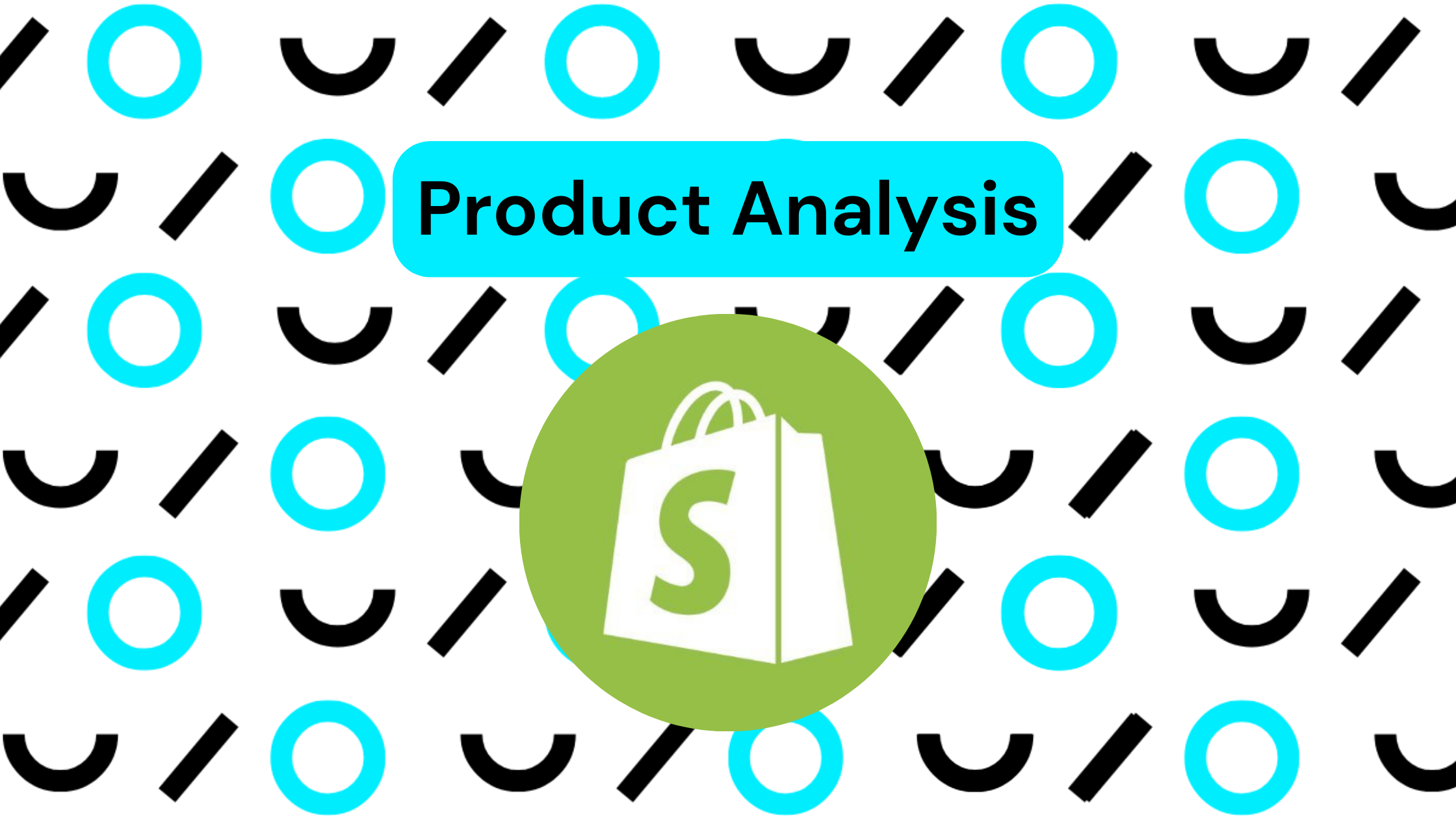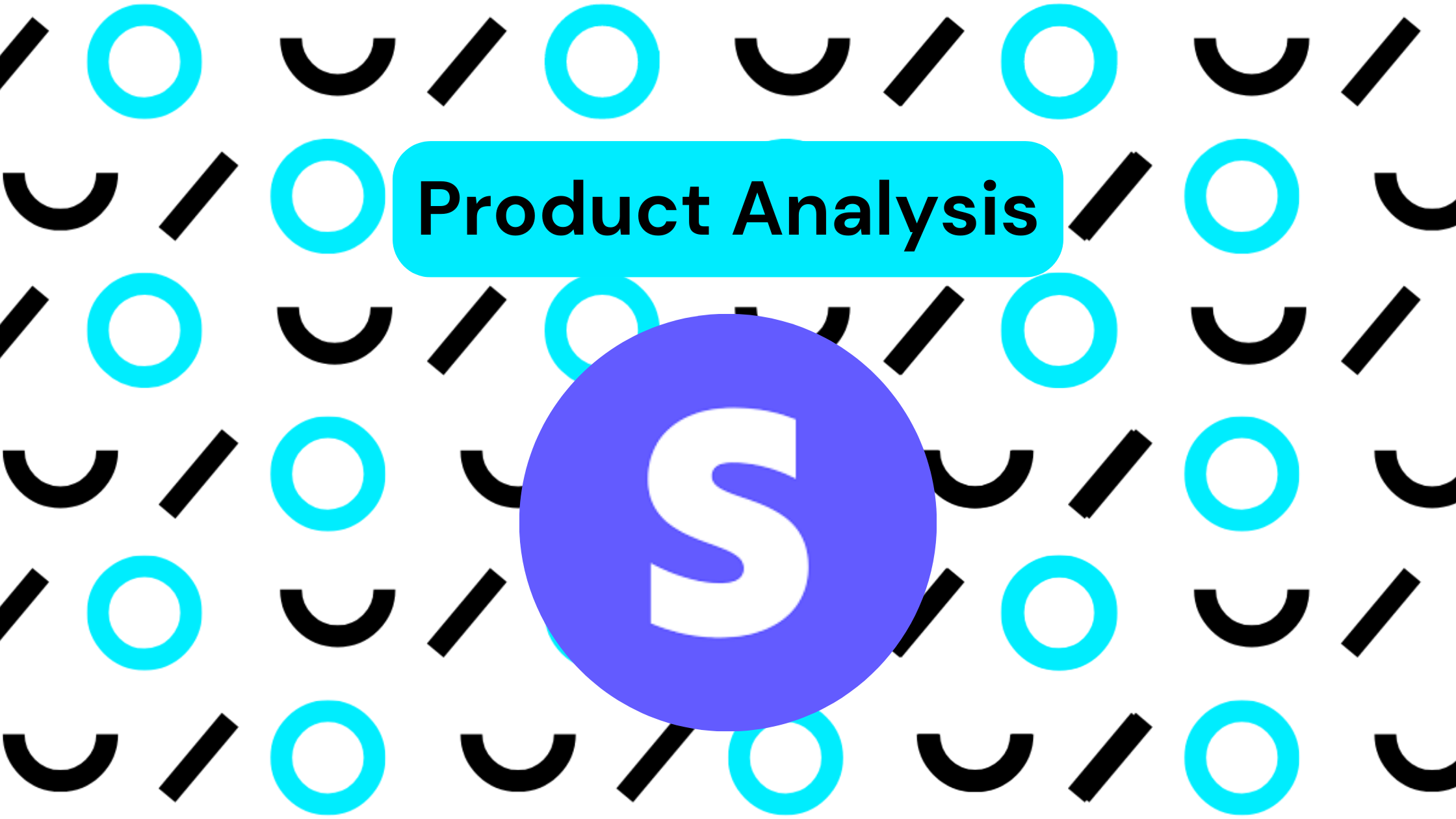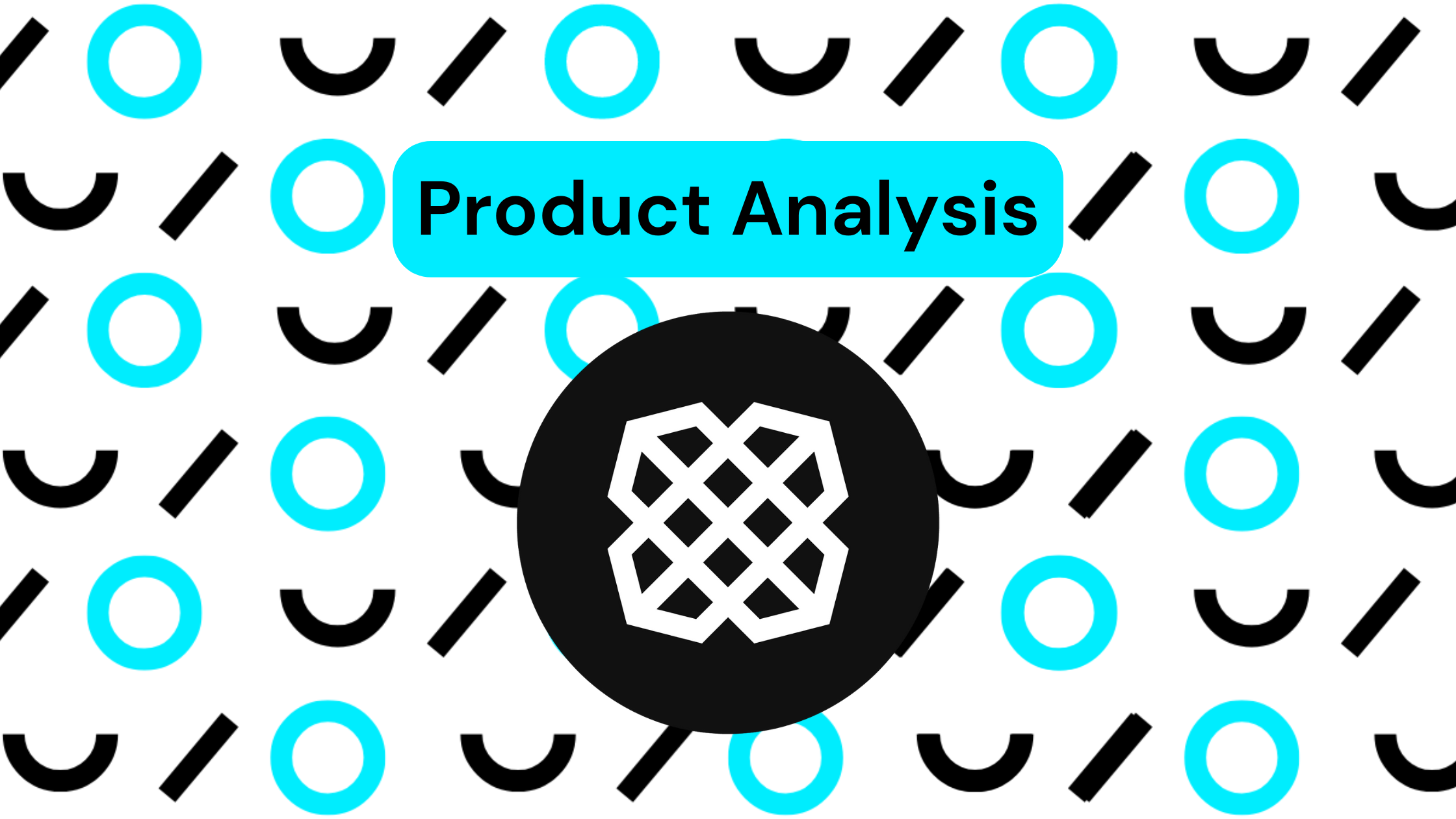We’re back with another installment of our product analysis series. After diving into accounting apps in previous articles, we’re shifting gears to talk about connecting the tools to complement your accounting software. We thought we’d start with one that’s seemingly omnipresent in the financial tech space: Plaid. If you’ve linked your bank account to a budgeting app, sent money through a payment service like Venmo, or applied for a loan recently, you’ve likely encountered it. In this article, we’ll explain what Plaid is, its key features, market position, and the wins and losses users experience with this increasingly important service.
What is Plaid?
Plaid is a digital service that allows users to securely link their bank accounts to a wide range of financial apps and services.
By enabling easy integration with apps like budgeting tools, payment send/receive services, and accounting software, Plaid allows users to track transactions, receive rewards, and verify bank details with minimal effort. It acts as a bridge, securely transmitting users’ financial data from their bank to the app, ensuring that sensitive information is encrypted throughout the process.
Accounting and finance professionals will be very familiar with Plaid. It plays a crucial role in streamlining bank reconciliations, automating transaction imports, and enhancing financial data accuracy. For accountants and bookkeepers, Plaid reduces the need for manual data entry by connecting client bank accounts to accounting platforms and other tools. This real-time access to financial data helps professionals monitor cash flow, categorize expenses, and ensure up-to-date records, ultimately improving efficiency and reducing errors.
It’s an amazing tool when it works, providing seamless connectivity between financial institutions and apps. However, it can be a frustrating experience when things don’t go as expected. The process relies heavily on the individual financial institution’s systems and cybersecurity. But not all of them work well together, which leads to occasional failures in connections. More on this later in the article.
Key Features
- Bank Account Linking: Securely connects users’ bank accounts to various financial apps.
- Data Encryption: Ensures that sensitive bank account information is encrypted during transmission.
- Account Verification: Verifies bank accounts to facilitate transactions or approval for services such as loans and credit cards.
- Wide Adoption: Plaid is the most popular and widely used application in this space.
- API Connectivity: Plaid has a simple and accessible functionality for developers to make data connections and create custom use cases.
Market Share and Users
Plaid is widely used across a number of industries, particularly in the fintech space. It is integrated into thousands of apps and platforms, such as Venmo, Robinhood, Mint, and most important for our purposes, accounting softwares like Quickbooks Online. The majority of Plaid’s users generally use apps to track spending, receive payments, or apply for financial products. However, in our accounting and finance world, the ability to pull transaction-level detail from bank accounts reigns supreme. That’s why Plaid has become Amalgam’s primary integration into bank institutions.
Wins and Losses
Wins
- Ease of Use: Plaid provides seamless integration between banks and financial apps, making it easy for users to link their accounts without complex steps.
- Security: Data encryption ensures users’ sensitive information is protected during transfers.
- Popularity: Plaid is usually the primary and often only tool like this for to be used by banks and other services. Its adoption in the market is currently unmatched.
- Big Backers: Plaid has significant funding from major sources like Visa, Mastercard, Goldman Sachs, and Google.
Losses
- Adoption: Plaid is easily the most popular tool of its kind, but it doesn’t cover all banks. Many smaller banks and credit unions don’t use Plaid.
- Frustrating Disconnects: From a user perspective, connections to certain banks, including the largest institutions like Chase, may be met with frustrations, disconnects, or time-outs. There are some workarounds in the product but those aren’t a defined process nor always work perfectly.
- Inconsistent Output: Not all Plaid connections are created equal. For the strong integrations, getting the actual transaction-level data is at your fingertips. For others the tool scans webpages of a bank’s infrastructure and those datasets are less reliable. It’s a particularly thorny issue for accounting and finance professionals.
- Dependence on Banks: Plaid’s performance heavily depends on how well a user’s bank system integrates with Plaid’s technology. Not all banks’ systems are compatible or secure enough to provide reliable service, causing errors and delays.
Alternatives
Despite its dominance so far, Plaid faces competition from alternatives like Monkeykit and Finicity. These competitors focus on enhancing user security, expanding global bank integrations, or targeting underserved markets, adding healthy competition to the financial data integration space.
What Amalgam Customers Say
Customer 1: “When it works, it can work so well you forget it’s there. Plaid is a really powerful tool that integrates with our various systems.”
Customer 2: “My clients often have local or community banks. Plaid doesn’t really connect with those banks and the ones that do have data we can’t rely on. A lot of our bank work can be very manual.”
Our Recommendation
Plaid is a widely used and a generally reliable tool for securely connecting financial data across thousands of banks and apps, making it an essential part of the fintech ecosystem. Its ease of integration and compatibility make it ideal for businesses and individuals seeking streamlined financial connectivity. Though it can have some major drawbacks, it is the market leader and should be a common tool for any finance and accounting team.
We Recommend Using Plaid If:
– You need a solution to securely link financial accounts to apps and services.
– You are generally interacting with large financial institutions rather than boutique ones.
– Your business requires real-time financial data integration.
– You are building or using a fintech app like an accounting system, budgeting tool, payment, or investing platform.
– You value a widely adopted tool with strong industry support and compatibility.
For most businesses and individuals, Plaid provides a reliable, efficient, and scalable solution for financial data integration. While it’s not perfect, its benefits often outweigh its limitations, making it a top contender in the market.




